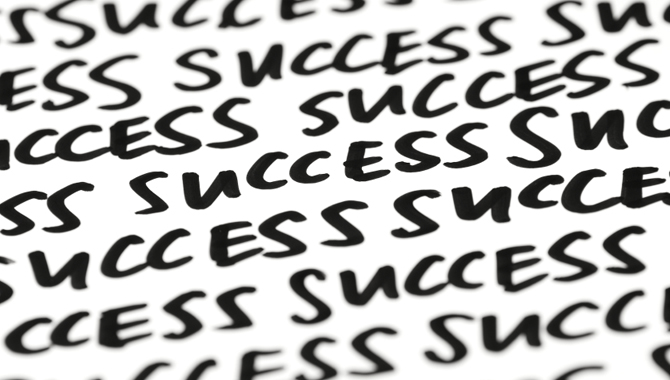
Business Growth Stage 4: Sustainable Growth

This is the final post in a five part series introducing the four stages of business growth.
If attaining growth is hard, then sustaining it is even harder. After successfully scaling the company, your organization must make sure that it is able to sustain its growth over the long term.
As a much larger and more complex organization, your company will face new challenges that will test its ability to sustain an upward trajectory. One of the biggest is ensuring that the complexities of running a bigger and bigger business do not distract people from the fundamental tasks that determine long-term success.
Although your company may be succeeding on a large scale and either has become or has the potential to become a market leader, continued growth and success is not guaranteed. There are no permanent growth companies – only companies that continuously engage in practices leading to long-term success.
Continue Looking for Opportunities
Sooner or later, even the most successful businesses run out of room to grow. Over time, the organization’s original products inevitably will begin to mature and will no longer produce the rate of growth the company needs. For sustainable growth, you must develop and implement a strategic plan for locating new growth opportunities while the existing business is still growing, well before it begins to stall or decline. To ensure longevity, a portfolio of growth initiatives is needed to produce new revenue streams and maintain competitiveness.
This means transforming existing markets, expanding to new markets, developing new products, creating new businesses, making acquisitions, forming strategic alliances, launching an IPO, and so on. In other words, your organization will simultaneously be managing businesses climbing to the top of the growth curve and those just getting launched.
This reality in turn creates the need to make the organizational and operational changes necessary to meet the requirements of ever-higher levels of growth and success. These new business opportunities increase the scale, scope, and complexity of the organization.
Long-term sustainable growth requires continuous change and reinvention. You must constantly look for signs your existing business model needs changing, by understanding shifting market conditions, competitive threats, customers’ ever-changing needs, new technologies, and so on.
“Hot” companies often cool off after their initial growth because they are too focused on harvesting their success to launch new growth initiatives. As a result, when the current business slows – as it always does – they’re not prepared to replace it.
Cultivate an Entrepreneurial Culture
The senior management team must emerge as both operational leaders of their functional areas and strategic leaders of the company. Sustainable growth requires that entrepreneurship remains a driving force in the company. And that means your organization must focus on developing entrepreneurial employees and managers who can start and grow new businesses.
All of this requires that you actively shape the corporate culture to amplify the entrepreneurial qualities of innovation, flexibility, risk-taking, and initiative. It’s critical that these are not drowned out by the increasing noise associated with the size, scale, and scope of a large company. Loss of entrepreneurship leads to rigid bureaucratic organizations and is the leading cause of decline among once successful big companies. You must do everything possible to stimulate and support entrepreneurship as a mind-set and cultural component throughout the organization.
Just as it’s possible for any company to achieve breakthrough performance, it’s equally possible for a highly successful company to, without realizing it, fall into mediocrity. Sustainable growth companies are continually questioning their assumptions and challenging their current methods of achieving success. They are continually strengthening and improving their organizations. And they are continually finding new and better ways to meet customer needs so that the cycle of growth continues.
- Develop a strategic plan for locating new growth opportunities while the existing business is still growing.
- Transform existing markets, expand to new markets, develop new products, and create new businesses.
- Stimulate and support entrepreneurship as a mindset and cultural component throughout the organization.
- Make the operational and organizational changes necessary to meet the requirements of ever-higher levels of growth and success.
- Continuously look for signs the business model needs changing, such as competitive threats, new technologies, and changing customer needs.
- Develop the senior management team as both operational leaders of their functional areas and strategic leaders of the company.
Is your business positioned for long-term growth?
If you want to determine the current stage of growth of your organization, take our online assessment here.





